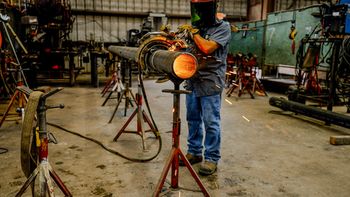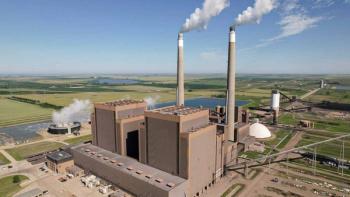
Coal-to-Gas Conversion: A Case Study
Smart coal conversion discussed at PowerGen 2023.
Brian King, senior mechanical engineer at Burns & McDonnell, recently reviewed the Big River Case Study at PowerGen International in Orlando, Florida. It was an interesting showcase for boiler data on coal-to-natural-gas plant conversions. The presentation included the background for converted units, project description, modeling, timeline, and equipment. The units used were two very similar B&W steam generators—RB 568 and 570. This project only utilized the primary boiler air fan, even though a secondary was available.
Gathering Data
Phase one established a budget and schedule. About 10% - 15% of the design work was done upfront. After preliminary studies were completed, a performance guarantee was issued, and cost estimations were made regarding equipment. Phase two encompassed plant design. At the end of phase two, the team issued a bid for the construction package that included all mechanical and electrical components. Phase three involved the pre-outage work.
The project started with independent third-party modeling. The team analyzed several burners and investigated various approaches to the project. The team’s initial modeling predicted lower superheat and reheat temperatures. That data was then applied to recalibrate heat-absorption rates in the boiler. Real-world results were able to make full load within preset temperature tolerance parameters.
Actionable Results
As expected, the boiler absorbed more heat with gas than coal. The economizer temperature with coal was 730°F; with gas it was 618°F. There were much less superheat and zero reheat spray. In 2020, they were asked to phase out coal for gas by June 2022. They made the full load on both units by May 25, 2022. The gas yard is ready to embrace combined cycle operation if built. There is potential for noise pollution. There are redundant trains for high pressure (HP) as a control skid. There was also an odorizor, filter separator, and an underground line to the emergency safety valve station.
Newsletter
Power your knowledge with the latest in turbine technology, engineering advances, and energy solutions—subscribe to Turbomachinery International today.




